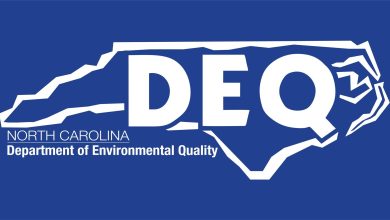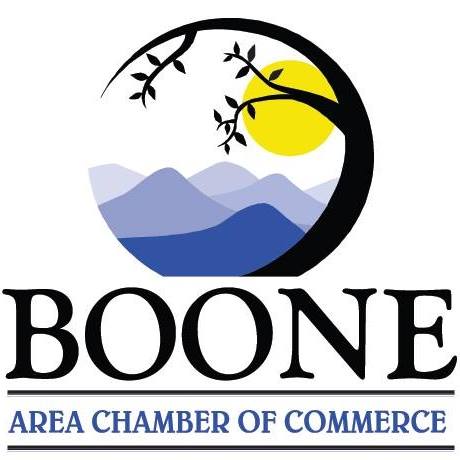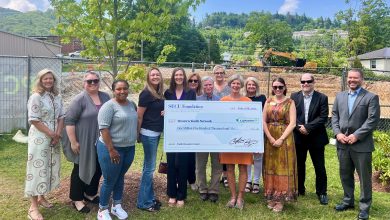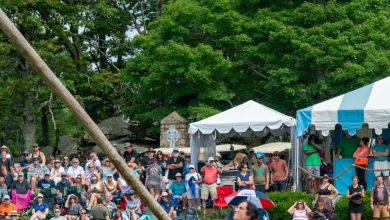Last Updated on February 17, 2023 9:27 am
In two years, the emerald ash borer has become a notorious pest in North Carolina. From its first appearance in the state in 2013, it has already left a trail of dead ash trees in its wake, and it continues to spread, prompting a statewide quarantine in September.
But, there are options for homeowners and landowners or land managers interested in protecting individual trees. “Treatment options are available, but because of the cost and accessibility of trees in a forest, it is simply not feasible to treat large forested areas,” said Rob Trickel, head of the N.C. Forest Service’s Forest Health Branch. “However, treatment of a few individual trees may be worth considering for some homeowners or landowners.”
Options for the urban or landscape/ornamental ash tree include removing the ash tree, replacing the ash tree, or keeping the tree by treating it with pesticides.
For those interested in keeping their ash trees around, NCFS has developed an Emerald Ash Borer Insecticide Guide. The guide was developed to assist even the newest of pesticide users with selecting and treating their ash trees, covering common questions concerning tree identification, what pesticides can be used and how to make a pesticide application. The guide can be found online at www.ncforestservice.gov/forest_health/pdf/EAB_NCPesticidePub.pdf
The guide lists 17 pesticides for EAB treatment that have been registered through the N.C. Department of Agriculture and Consumer Services Pesticide Section and also have been tested in field trials through universities or government agencies.
Homeowners may also want to contact a certified arborist if they are uncertain about applying pesticides themselves or if their tree is large. “Generally, it is worth hiring an arborist if you want to protect ash trees larger than 20” in diameter, but arborists can serve any size tree,” Trickel said.
To calculate your tree’s diameter, measure the width in inches around the tree at 4.5 feet above the ground. Divide that number by 3.14, and that will give you your diameter at breast height, or DBH. DBH is directly associated with the amount of pesticide applied to the tree and is often referred to on the insecticide label. A pesticide user will want to keep this number handy while measuring the chemical.
Another consideration is the cost of treatment. That is often a complicated issue, depending on many factors. There is an online calculator available through Purdue University that may assist landowners in making the decision. You can find it at http://extension.entm.purdue.edu/treecomputer/.
Using the calculator will give you a side-by-side comparison of the cost to remove, remove/replace and treat with different pesticides. The calculator is free, but users must register a user name and password. “Generally speaking, the developers of the calculator assert that in most cases, it is more economical to protect ash trees with pesticides than it is to replace them,” Trickel said.
For more information related to the research and science behind selecting an appropriate insecticide, the North Central Integrated Pest Management Center developed a publication, Insecticide Options for Protecting Ash Trees from Emerald Ash Borer. It is as extensive guide that answers many common questions. To learn more about insecticides for emerald ash borer, go to www.emeraldashborer.info/files/multistate_eab_insecticide_fact_sheet.pdf for this online publication.
For additional resources regarding ash trees in the urban environment, visit the N.C. Forest Service’s Managing Emerald Ash Borer in Urban Areas page at www.ncforestservice.gov/forest_health/forest_health_eab.htm. The Pesticide Guide is posted there, along with other tools to help in the identification and decision making process.
The N.C. Forest Service and the NCDA&CS Plant Industry Division continue to monitor the emerald ash borer. If you suspect you have the insect, please contact your county ranger, call the NCDA&CS Plant Industry Division hotline at 1-800-206-9333, or email information to at newpest@ncagr.gov.
















